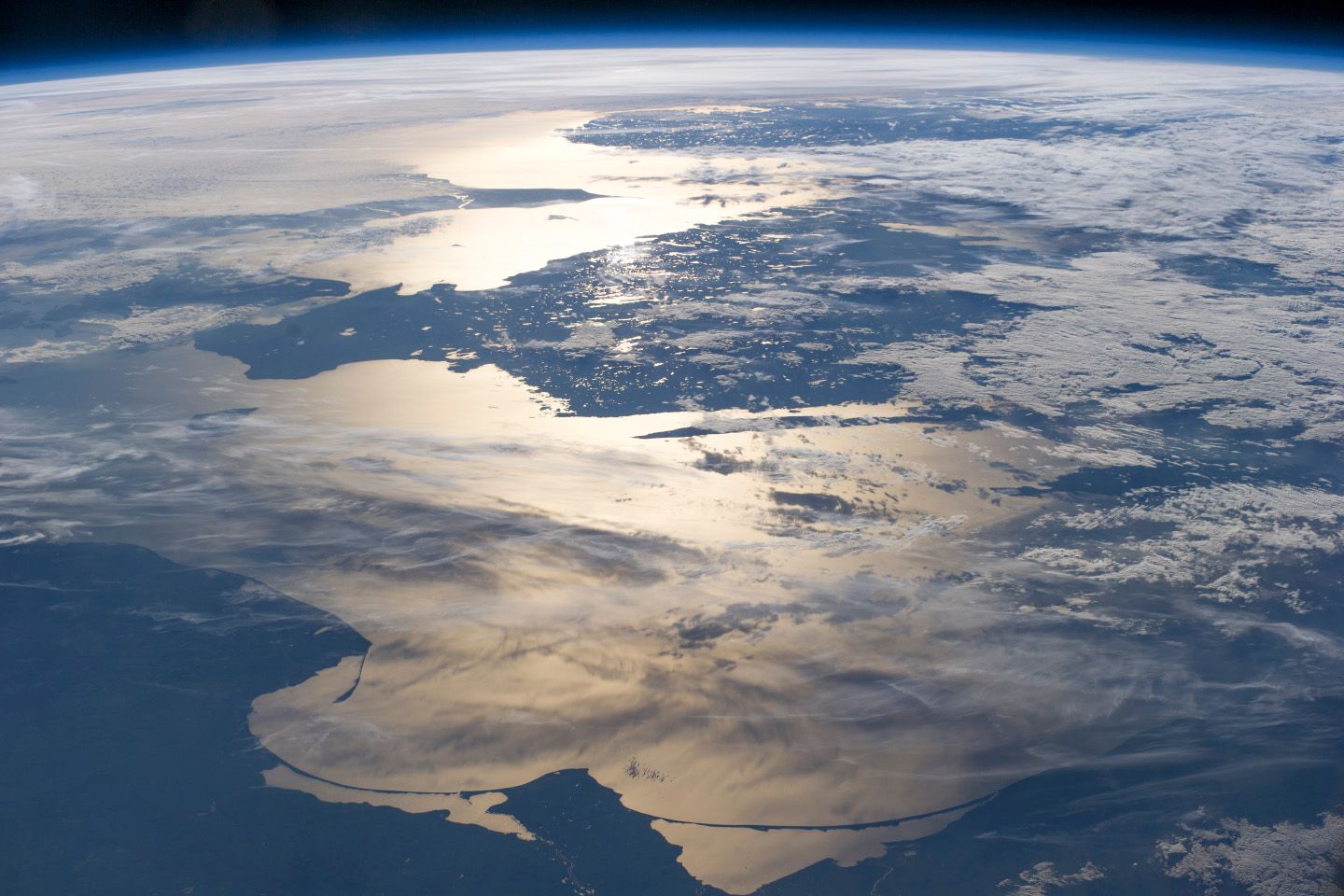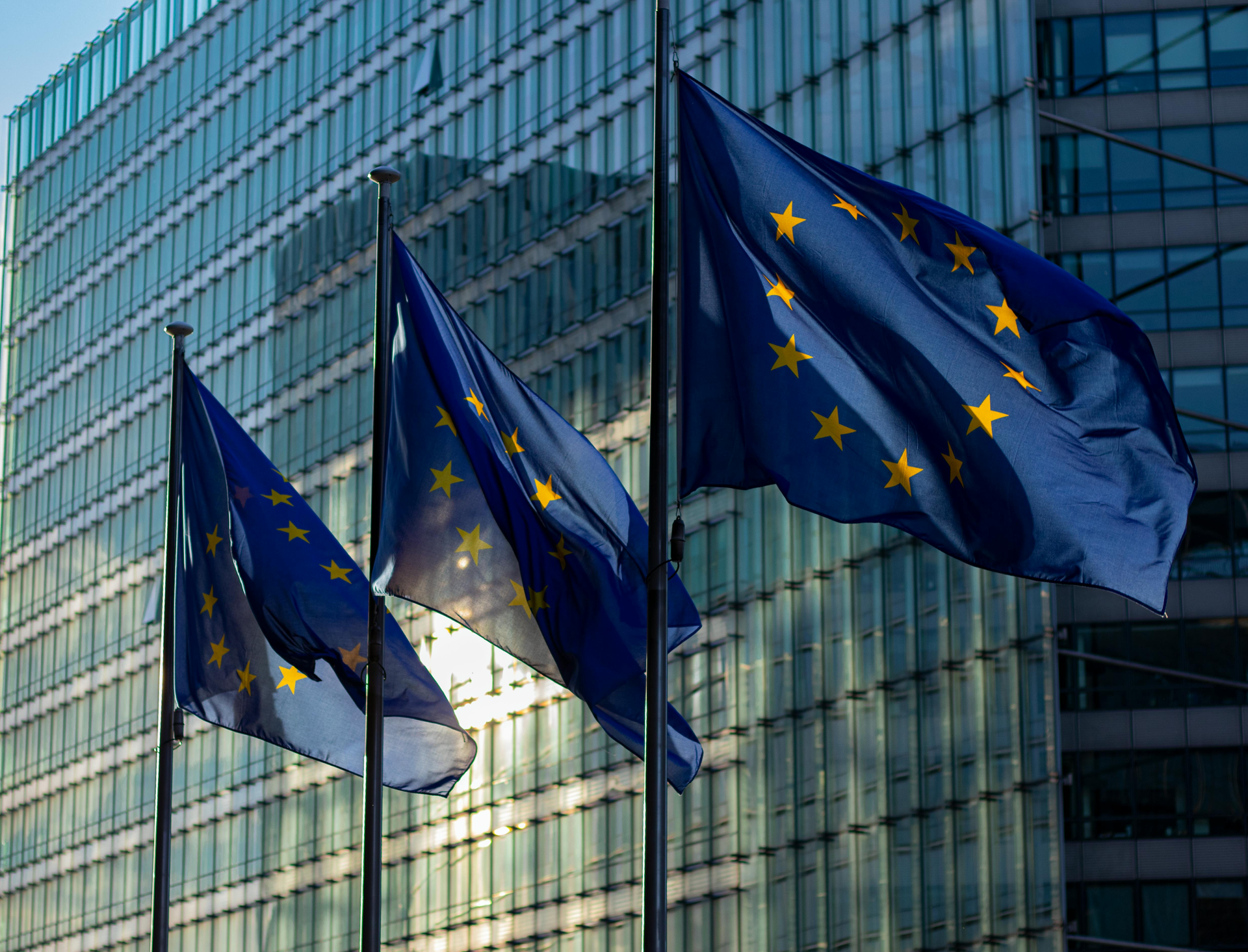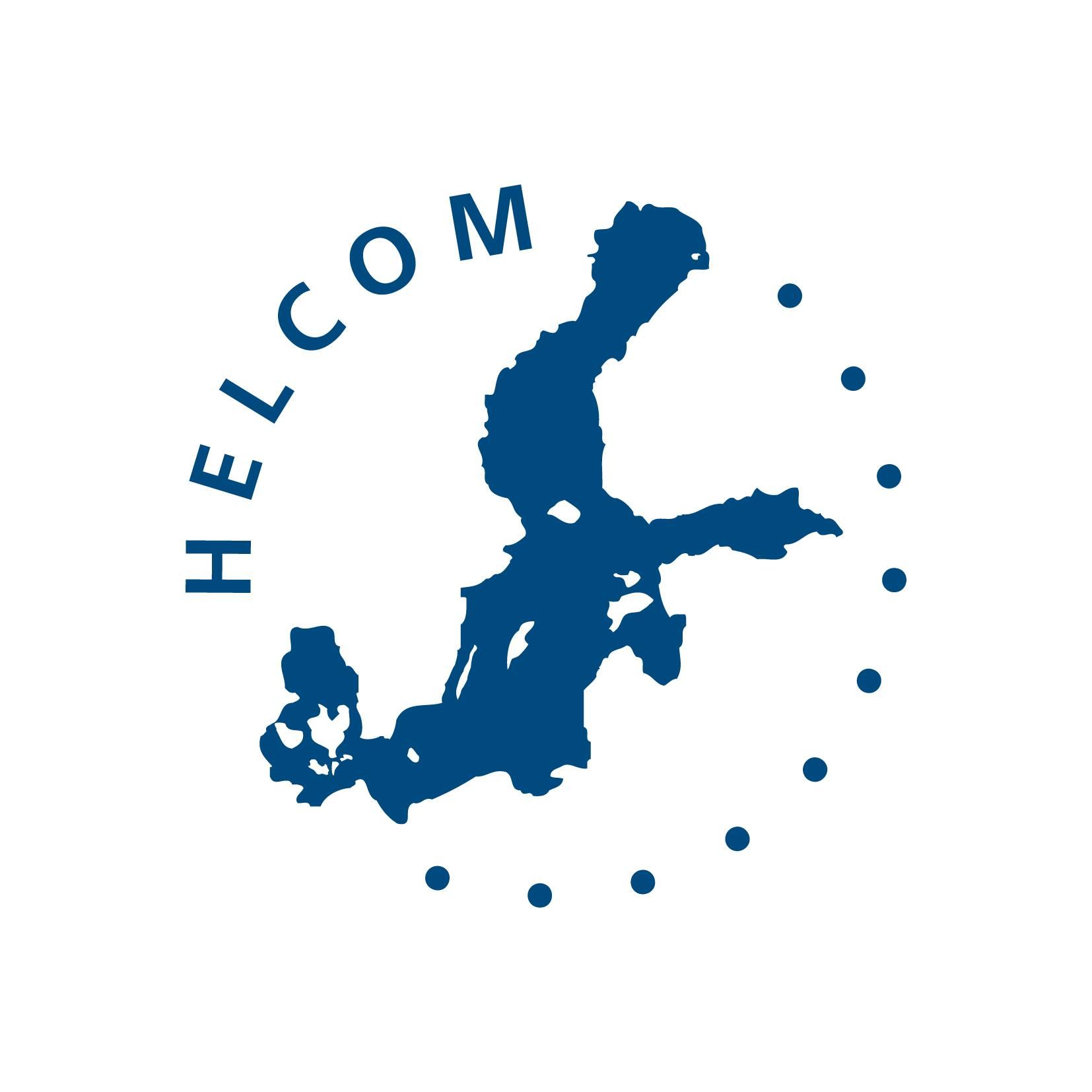Keep the Baltic free from carbon dumping
- SAY NO to CO2
storage in our sea!
Carbon Capture and Storage (CCS) may sound like a climate solution, but it´s a dangerous distraction. Instead of cutting emissions, it risks turning the already sensitive and fragile Baltic Sea ecosystem into a carbon dump.
That´s why CCS is currently banned under the Helsinki Convention.
Together, we can ensure it remains so.
Photo: Baltic Sea (Maria Basova)

WHY
CCS SHOULD NOT HAPPEN IN THE BALTIC SEA?
Carbon Capture and Storage (CCS) involves the capturing of CO2 from the air or large industrial sources and long-term storage in underground, geological formations. Given the potential to reduce CO2 emissions, CCS has been adopted as a key climate mitigation strategy across Europe, within for example the Net-Zero Industry Act.
While the OSPAR convention and London Protocol no longer form legal barriers to offshore carbon storage in other areas,
the
Helsinki
Convention still presents a legal barrier to carbon storage in the Baltic Sea.
Driven by these governments’ eagerness to utilise the CO2 storage opportunities in the Baltic Sea, this legal barrier is now also being challenged.
An independent review is to be conducted on the legality of CCS in the Baltic Sea under the Helsinki Convention, as well as an assessment of the environmental impacts and technical feasibility of CCS in the Baltic Sea.
In reality, CCS does more harm than good when it comes to CO2 emissions and will have negative environmental impacts in the Baltic Sea.
From start to finish, CCS activities place pressures on the Baltic Sea. These activities include (1) identification of potential carbon storage sites and constructing of infrastructure, (2) carbon capture and compression for transport, (3) carbon transport through pipes and ships, to (4) CCS storage or (5) utilisation. These activities have a wide range of impacts on the marine environment. For example, pile driving and seismic surveys involved in the exploration of CCS sites produce underwater noise that can lead to behavioural changes and injury in marine animals. Carbon transport and storage carry the risk of CO2 leakage, which can cause asphyxiation in humans and put sensitive marine organisms at risk. Even just the shipping and additional infrastructure involved would assert pressures, such as the introduction and spread of invasive species. Many of these pressures can have cascading effects on the wider marine environment, for example on food chains or benthic community structures. Furthermore, the use of captured CO2 to harvest more oil and gas (i.e. Enhanced Oil Recovery) or CO2 incorporation into products ultimately leads to more CO2 in the atmosphere, rather than climate change mitigation. The Baltic Sea is already under stress and this would only be exacerbated by conducting Carbon Capture and Storage.
CCB
DOES NOT SUPPORT CCS ACTIVITIES
IN THE
BALTIC SEA, GIVEN THAT:
CCS does not reduce emissions
CCS is counter-productive as a climate mitigation strategy. The majority of CCS projects have failed or underperformed, and where they have succeeded, the captured CO2 has been used in the natural gas processing sector and for enhanced oil recovery. Hence, CCS actually impairs decarbonisation and fossil fuel phase-out. Given these ‘hidden’ emissions, the current CCS activities are net CO2 positive, rather than reducing GHG emissions. Pursuing CCS in the Baltic Sea does more harm than good and actively goes against HELCOM's efforts to align climate mitigation policies with the Baltic Sea Action Plan.
CCS poses a risk to Baltic Sea marine life
The Baltic Sea is under many different human pressures, which threaten both its species and habitats. CCS activities would contribute to noise pollution in the Baltic Sea and involve various risks, from CO2 leakage, to displacement of toxic brine deposits, or earthquakes - posing a further threat to marine life in the Baltic Sea. Moreover, one promising site for CCS in Swedish waters is a Natura 2000 protected area for the critically endangered Baltic harbour porpoise. Pursuing CCS in the Baltic Sea exposes an already sensitive and fragile ecosystem to further environmental stress.
CCS is prohibited in the Baltic Sea
The Helsinki Convention is the primary legal framework governing environmental protection in the Baltic Sea. Under this convention, CCS is considered “deliberate disposal at sea or into the seabed of wastes […]” , and is prohibited. The extent of environmental impacts that CCS would have in the Baltic Sea are still unclear, but there are clear indications that CCS activities could harm marine habitats and species. Hence, the Helsinki Convention’s “precautionary principle” needs to be applied and guide further discussions about CCS in the Baltic Sea region.
Sources
WHAT IS GOING ON
CCS DEVELOPMENT
IN THE BALTIC SEA REGION
NOW?
Baltic countries

Several countries, including Poland, Sweden and Denmark, are in the process of national activities to advance CCS implementation.
In Denmark the proposed CCS project off the coast of Zeeland (Havnsø) would result in a migration of CO2 under the Baltic Sea according to the recent EIA report, which requires an immediate action by HELCOM.
The Environmental Association Havnsø-Føllenslev launched the public petition "NEJ til at Bo på CO2" to stop the project.
The EU has launched a public consultation on Legislative initiative on CO2 transportation infrastructure and markets. The feeback period is on 31 July 2025 - 11 September 2025.
European Union

HELCOM

HELCOM will launch two parallel processes to evaluate CCS perspectives, risks and applicability in the Baltic Sea context, both to be delivered in spring 2026 and endorsed by June 2026:
1) An external legal review of CCS under the Helsinki Convention that should:
- Review and interpret the Helsinki Convention in relation to CCS.
- Analyse and consider other relevant regulations, including the EU CCS Directive, the London Convention and the London Protocol (*), and the OSPAR Convention.
- Review and provide a legal opinion on the Helsinki Convention in relation to CCS.
- Present legal arguments both for and against CCS being compatible with the Helsinki Convention, and deliver a conclusive legal op interpretation on the matter.
- If CCS is found incompatible, propose potential legal pathways for enabling CCS under the Convention.
2) An environmental analysis of CCS in the Baltic Sea which aims to:
- Assess the general environmental aspects of Carbon Capture and Storage (CCS) in the Baltic Sea area.
- As far as possible, include impacts caused during all parts of the life cycle of CCS activities, including carbon capture, transport (including pipelines), storage, and long-term management of storage complexes, as well as termination (when the storage is “full”).
- Include all environmental compartments (geological seafloor formations, seafloor, water column, etc), but should not include natural CO2 storage (e.g. habitats/algae).
(*) Not all the HELCOM Parties have ratified the Protocol.
WHAT CCB IS DOING?
CCB is raising awareness about the issue of conducting CCS in the Baltic Sea with its Member Organisations (MOs) and stakeholders.
CCB plans also to hold a workshop and create a joint CCB position on CCS with its MOs.
Moreover, CCB held a side-event at UNOC 2025 in Nice in June, on "Quiet Seas in a Climate Transition: Aligning decarbonisation with Ocean Health", where CCS was highlighted in the context of underwater noise pollution and marine protection.
Members of the CCB Secretariat are also participating in the ongoing discussion on CCS with HELCOM, relevant national authorities and cooperating with other environmental NGOs, e.g. Seas at Risk.
For the upcoming environmental review of CCS in the Baltic Sea, CCB has developed proposals for the Terms of Reference to ensure a proper assessment.
Updates on the development of CCB´s activities will be made available on CCB´s communication channels.
WHAT YOU CAN DO?
Governments and industries are pushing for carbon capture and storage (CCS) projects in the Baltic Sea. But these projects are: illegal under international environmental laws; extremely risky for the already fragile Baltic marine ecosystem; and greenwashing, a distraction from real solutions to the current climate crisis. You can help protect the Baltic Sea - How?
1. Urge your national governments and HELCOM to stop CCS projects development in the Baltic Sea.
2. Provide knowledge and evidence base on potential environmental impacts of CCS (especially local) for the Baltic Sea Region environment, contributing to the ongoing HELCOM environmental review.
3. Follow us on social media and share knowledge with your friends and family.
For more information:
CCB Secretariat: secretariat (at) ccb.se
We continue to act, do you want to know more?
We work in the entire Baltic Sea region with different projects, programmes and campaigns.
Click the button below to discover what is going on and how you can help.
